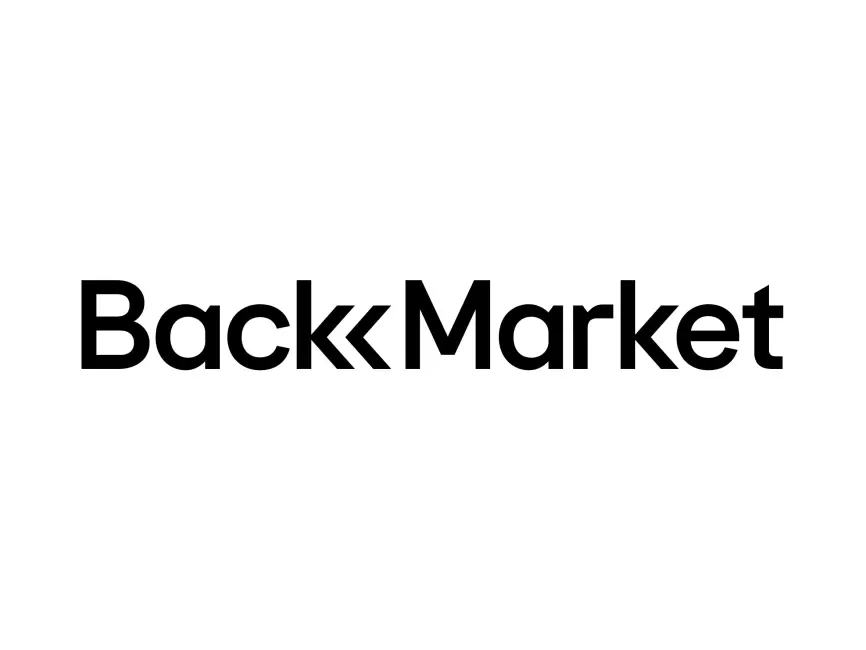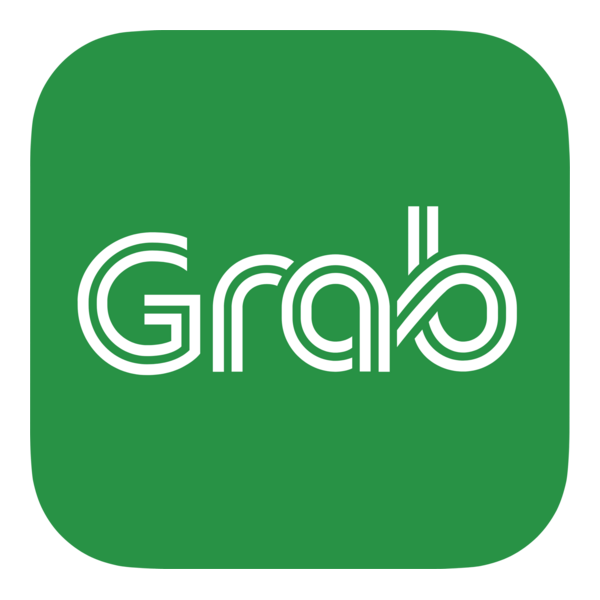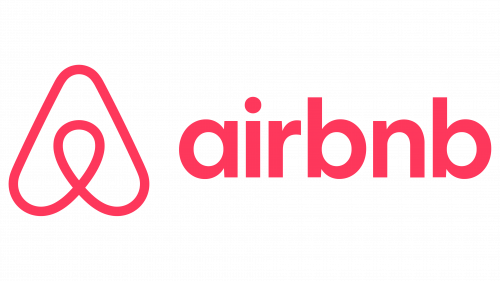How we sped up Android and iOS builds by 68% on CI
We made our engineers happier by cutting build times down from 50 minutes to 16.
Showing 20 of 384 articles (Page 3 of 20)

We made our engineers happier by cutting build times down from 50 minutes to 16.

Details how Reddit optimized app startup times using Baseline Profiles and R8 for better performance on Android.

Back Market’s team identified and optimized bottlenecks (using baseline profiles, startup tracing, etc.), reducing cold start duration by ~60%.

We all strive to build flawless apps, but let's face it - bugs happen. And sometimes, those pesky bugs are elusive, only showing up in the unpredictable chaos of production.

At Pinterest, our mobile infrastructure is core to delivering a high-quality experience for our users. In this blog, I’ll showcase how the Pinterest Mobile Builds team is leveraging Honeycomb.

There is a lot of obsession with app size reduction. This usually is tracked as a metric, compared with peers and I see teams work hard for months to squeeze it up to the last bit.

Discord used synthetic control to measure voice message impact cleanly.

Grab speeds up their GrabX SDK startup to get users rolling quicker.

A single backend response can do a lot more than you think.

Our GrabX clients noticed that the GrabX SDK tended to require high memory and CPU usage. From this, we saw opportunities for further improvements that could:

DoorDash uses deep learning to nail ETA predictions with precision.

Shopify’s Tophat app offers one-click testing, making dev life way sweeter.

Shopify’s Tophat app makes mobile testing a one-click dream for devs.

Glance slashed 1Weather’s Android startup time by over 70%.
Writing tests is a fundamental part of writing good software. They help us to catch bugs, be confident in our changes and serve as documentation. At Wealthfront, our Android team relies heavily on our automated test suite to maintain productivity and code quality

DoorDash rolls out updates with an eye on metrics to keep their app healthy.

GitHub keeps mobile releases humming weekly with a tight process.

Zalando evolves their server-driven UI framework for scale and speed.

DeliveryHero uses Baseline Profiles to make Android apps start faster.

Part three on how we built a Compose based architecture with Mavericks in the Airbnb Android app